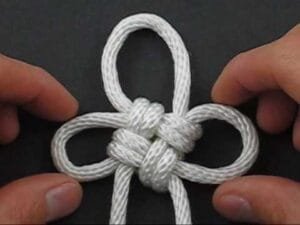Exploring Predicament Bondage: Ideas and Techniques for Femdom Scenarios

Explore the fascinating world of predicament bondage within femdom scenarios. Learn about the history, key principles, techniques, and safety considerations of this intricate BDSM practice. Discover how to create immersive and psychologically engaging experiences while maintaining trust and communication. Ideal for both beginners and experienced practitioners, this guide offers valuable insights and tips for exploring bondage in a safe and rewarding manner.













